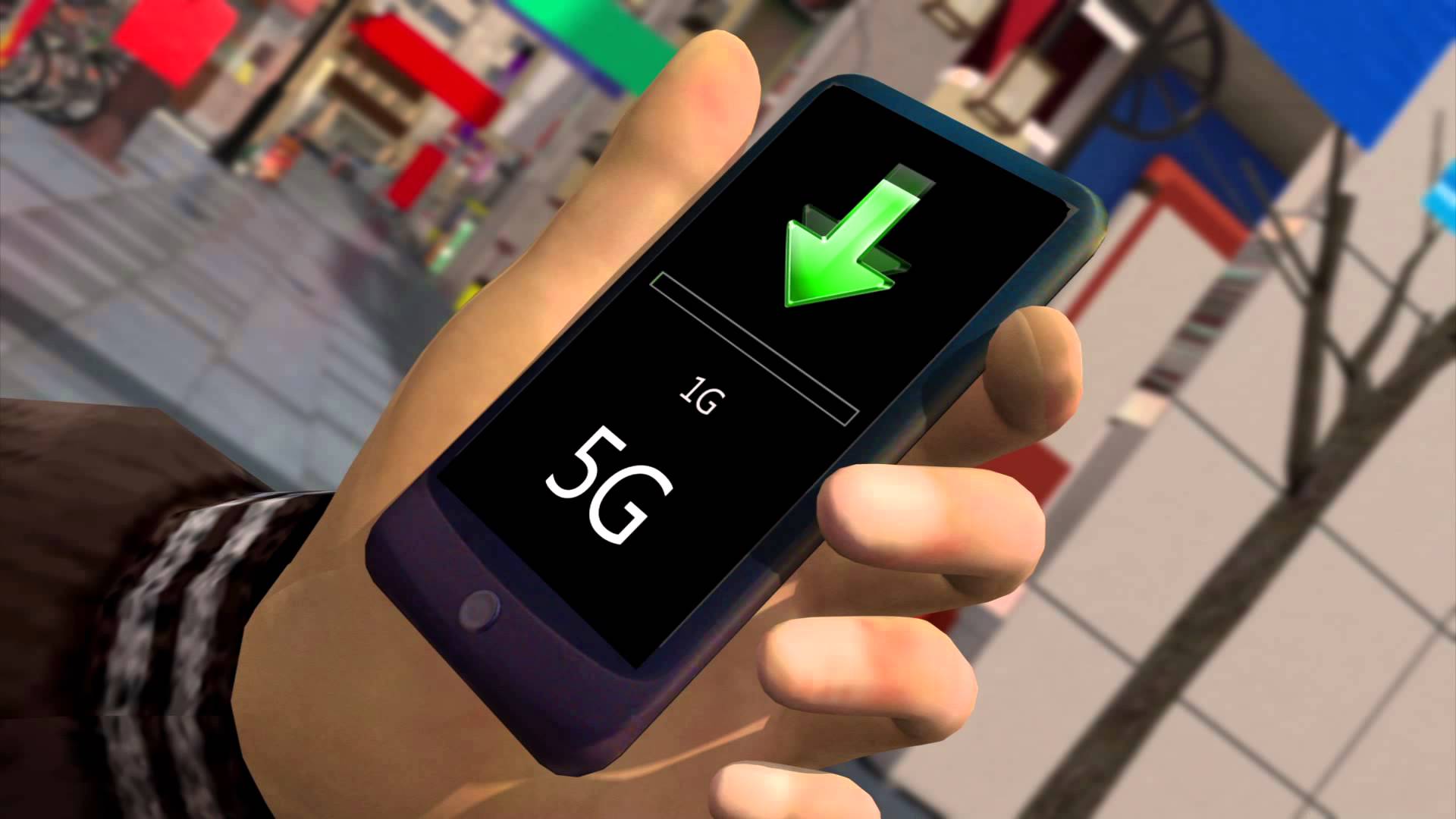The wireless carrier industry in China is about to get a big boost as top players China Mobile, China Unicom and China Telecom all cut spending on 4G networks to “set aside some capital” for the 5G rollout.
Capital expenditure by all three companies will drop a combined 13 percent to $45 billion (310 billion yuan), according to Nikkei Asia Review.
In the race for 4G, China Mobile took an early lead because it followed the Chinese government’s push on LTE. The other two players tried a different standard, with the result that local regulators did not issue the licensing they needed to keep pace with China Mobile’s expansion, leading to severe delays in base station constructions.
This time, for the 5G rollout, the second and third largest wireless carriers aren’t going to let the same thing happen. The end result of their mistake during the 4G rollout is that China Mobile leads the market by a massive margin, garnering more than half a billion subscribers (535 million) as at the end of 2016, against China Telecom’s 121 million and China Unicom’s 104 million.
5G will now put the companies on even ground, opening up an opportunity for the number two and number three players to join hands against China Mobile. Yang Jie, Chairman of China Telecom made it amply clear that such a move has not been ruled out.
All three companies, having cut their 4G CapEx in anticipation of a 2019/2020 rollout of 5G wireless mobile technology, are now awaiting 5G spectrum allocations from the Chinese government to decide how much they will invest in the space over the period mentioned.
Meanwhile, Chinese smartphone makers are wasting no time getting their hardware capabilities together for the arrival of fifth-generation wireless mobile technology. China-based ZTE has already unveiled its Gigabit Phone, said to be the world’s first 5G-ready smartphone with blazing Internet speeds of up to 1Gbps – about 10X faster than first-generation 4G.
Interestingly, Huawei India CEO Jay Chen confirmed that MIMO technology (Multiple In Multiple Out), a part of 5G technology, will arrive in India as early as 2017, making India one of the first 5G adopters in the world.
After meeting with Sunil Bharti Mittal, Chairman of one of India’s largest mobile carriers, Chen said that “We even discussed 5G solution for business to business, business to consumer and business to home services. He was very impressed with it.”
Mittal later confirmed with PTI that the proprietary MIMO technology currently held by companies like Huawei and ZTE could increase current spectrum capabilities by up to 8 times with a cost increase of only 20 percent.
Widescale rollout of commercial deployment will begin next year, said Chen, ahead of which 5G standards will be “firmed up.”
Chen also confirmed that “We have already deployed 4.5 G network in 13 circles across India which with minor upgrades can be transformed to 5G. With 4G subscriber base in India increasing, the download speed will reduce for which operators will need to begin start 4.5 G services.”
Earlier this month, Indian Telecom Secretary J S Deepak commented that India lagged behind in adoption earlier and existing technologies like 3G and 4G, but wants to catch up with the rest of the world on 5G.
In South Korea, wireless carrier KT Corp. has plans to offer trial 5G services during the Pyeongchang Winter Olympics 2018.
Meanwhile, at the IEEE Wireless Communications and Networking Conference (WCNC) in San Francisco, National Instruments (NI) demonstrated a prototype for 5G with Verizon specs that yielded a throughput of 5Gbps that is scalable to 20Gbps.
Gigabit speeds on mobile is the next big thing for the wireless industry. With 5G now taking shape and extensive testing going on around the world, several countries will soon take the necessary steps to be 5G-capable in time for a massive global rollout within the next two years or so. Large-scale rollout is only expected in 2020, but both segments – device makers and mobile carriers – appear to be actively developing the peripheral technologies required to support 5G spectrums; specifically, across three key frequency ranges: Sub-1 GHz, 1-6 GHz and above 6 GHz.
Thanks for reading our work! Please bookmark 1redDrop.com to keep tabs on the hottest, most happening tech and business news from around the world. On Apple News, please favorite the 1redDrop channel to get us in your news feed.
Sources: Nikkei Asia Review | New Indian Express | ET Telecom | Microwave Journal



